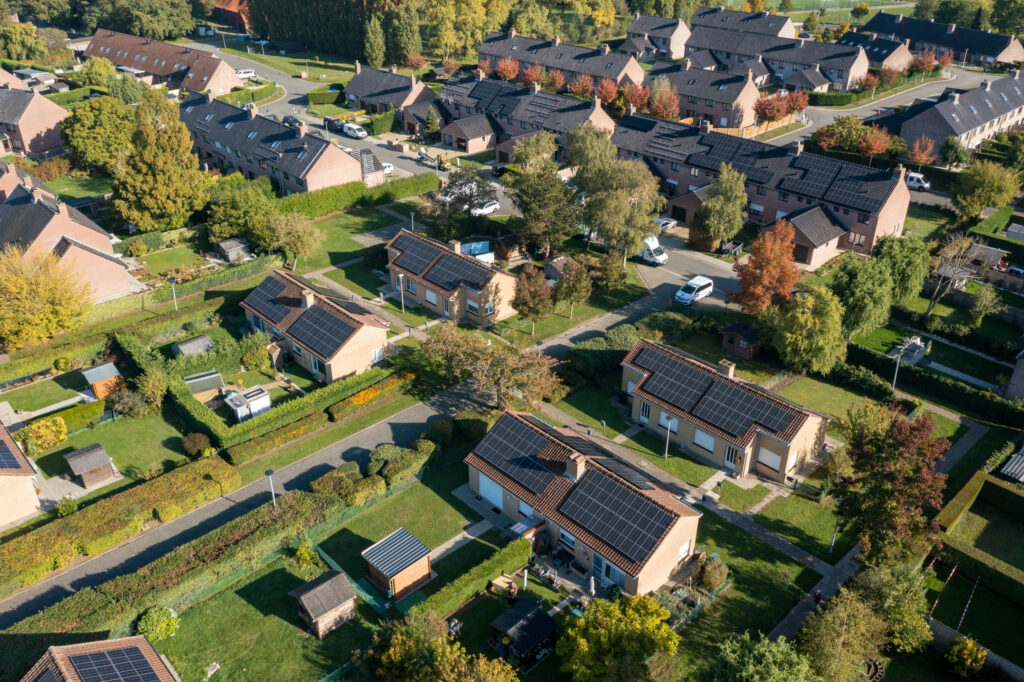Renewable energy sources are for the first time predicted to surpass coal in electricity production worldwide, according to a report by the International Energy Agency (IEA) released on Friday.
In 2024 and 2025, renewable electricity sources, such as wind or solar power, will ‘expand rapidly’, says the IEA. The agency predicts that in 2025, 35% of the global electricity supply will come from renewable sources.
Next year is set to mark the first time that renewable sources worldwide overtake coal in electricity generation, the IEA predicts. Around half of the global electricity demand will be met by Solar PV alone.
"It’s encouraging to see clean energy’s share of the electricity mix continuing to rise, but this needs to happen at a much faster rate to meet international energy and climate goals," says Keisuke Sadamori, IEA Director of Energy Markets and Security.
In the European Union, combined electricity generation from wind and solar PV will likely exceed fossil fuels this year, mainly due to the increased growth of solar energy. Strong policy support and the more accessible prices for solar modules are the main reasons behind this growth, explains the IEA report. About half of the total energy generation is expected to come from renewable sources in 2024.
Despite increases in renewable sources, the agency states that global energy generation from coal is unlikely to decline this year due to the growing energy demand, particularly in India and China.
In 2024, electricity demand is predicted to increase by 4%. This would be the highest growth rate since 2007, excluding the Covid-19 pandemic years, according to the report. The growing electricity consumption is set to continue in 2025.
The use of air-conditioning due to severe heat waves, as well as the expansion of industrial sectors, are significant reasons for the greater energy demand in some regions, according to the report.
Moreover, the IEA highlights concerns about the electricity demands of data centres, particularly with the rise of AI. The energy agency emphasises the lack of reliable energy consumption data, underscoring the need for greater information to understand future trends in this industry.

